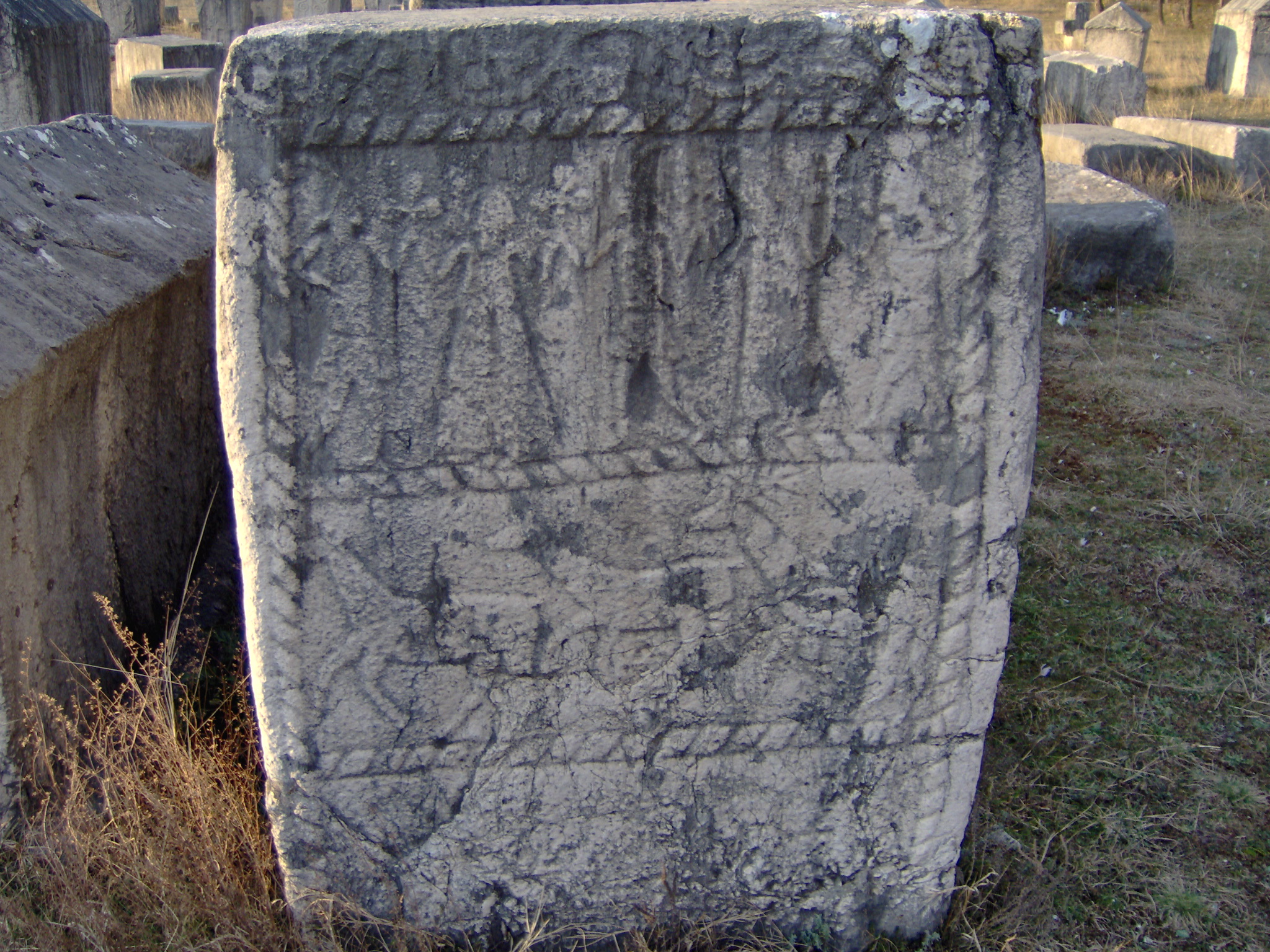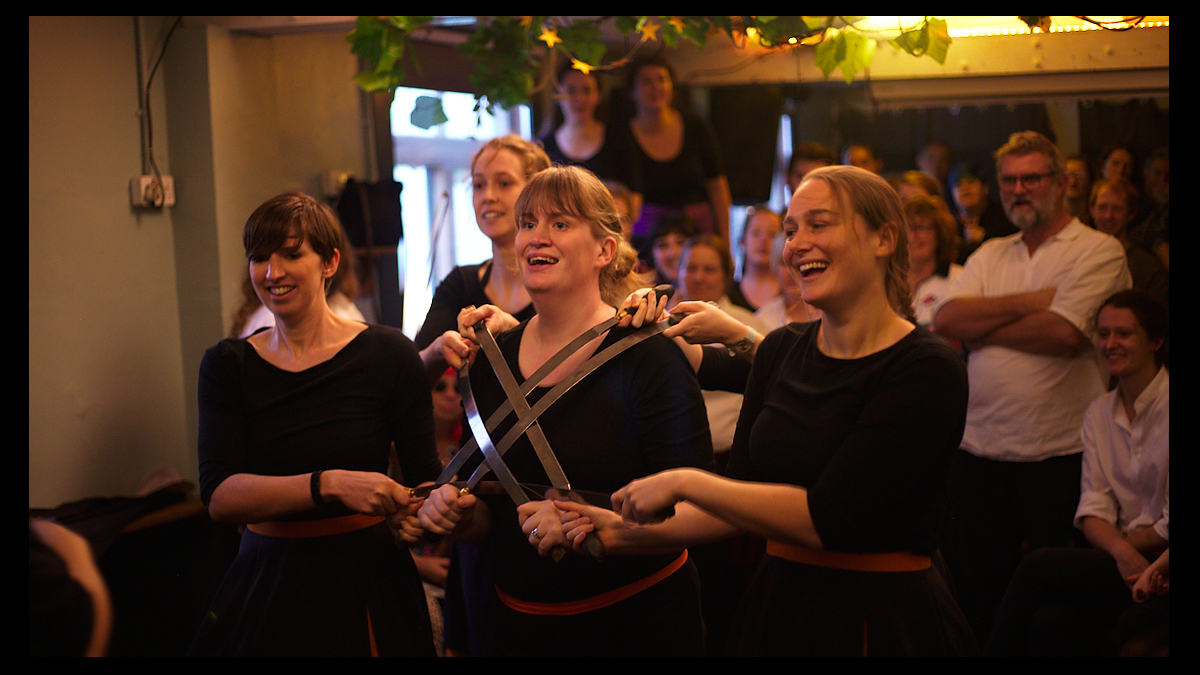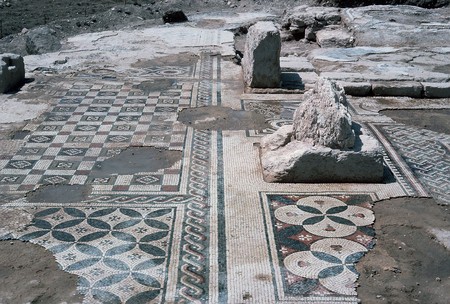|
Dabke
''Dabke'' ( also spelled ''dabka'', ''dabki'', ''dubki'', ''dabkeh'', plural ''dabkaat'') is a Levantine folk dance, particularly popular among Lebanese, Jordanian, Palestinian, and Syrian communities. Dabke combines circle dance and line dancing and is widely performed at weddings and other joyous occasions. The line forms from right to left and the leader of the ''dabke'' heads the line, alternating between facing the audience and the other dancers. Etymology The etymology of 'dabke' is uncertain but is thought to be derived from the Levantine Arabic word ''dabaka'' () meaning "stamping of the feet" or "to make a noise". History According to Youssef Ibrahim Yazbec, a Lebanese historian, journalist, and politician, the dabke descends from Phoenician dances thousands of years old. According to Palestinian folklorists Abdul-Latif Barghouthi and Awwad Sa'ud al-'Awwad, the dabke jumps may have originated in ancient Canaanite fertility rituals related to agriculture, chasi ... [...More Info...] [...Related Items...] OR: [Wikipedia] [Google] [Baidu] |
Circle Dance
Circle dance, or chain dance, is a style of social dance done in a circle, semicircle or a curved line to musical accompaniment, such as rhythm instruments and singing, and is a type of dance where anyone can join in without the need of Partner dance, partners. Unlike line dancing, circle dancers are in physical contact with each other; the connection (dance), connection is made by handhold (dance), hand-to-hand, finger-to-finger or hands-on-shoulders, where they follow the leader around the dance floor. Ranging from gentle to energetic, the dance can be an uplifting group experience or part of a meditation. Being probably the oldest known dance formation, circle dancing is an ancient traditional dance, tradition common to many cultures for marking Ceremony, special occasions, rituals, strengthening community and encouraging Solidarity, togetherness. Circle dances are choreographed to many different music genres, styles of music and rhythms. Modern circle dance mixes traditiona ... [...More Info...] [...Related Items...] OR: [Wikipedia] [Google] [Baidu] |
Palestinian Dabke
Palestinians () are an Arab ethnonational group native to the Levantine region of Palestine (region), Palestine. *: "Palestine was part of the first wave of conquest following Muhammad's death in 632 CE; Jerusalem fell to the Caliph Umar in 638. The indigenous population, descended from Jews, other Semitic groups, and non-Semitic groups such as the Philistines, had been mostly Christianized. Over succeeding centuries it was Islamicized, and Arabic replaced Aramaic (a Semitic tongue closely related to Hebrew) as the dominant language" * : "Palestinians are the descendants of all the indigenous peoples who lived in Palestine over the centuries; since the seventh century, they have been predominantly Muslim in religion and almost completely Arab in language and culture." * : "Furthermore, Zionism itself was also defined by its opposition to the indigenous Palestinian inhabitants of the region. Both the 'conquest of land' and the 'conquest of labor' slogans that became central to ... [...More Info...] [...Related Items...] OR: [Wikipedia] [Google] [Baidu] |
Palestinians
Palestinians () are an Arab ethnonational group native to the Levantine region of Palestine. *: "Palestine was part of the first wave of conquest following Muhammad's death in 632 CE; Jerusalem fell to the Caliph Umar in 638. The indigenous population, descended from Jews, other Semitic groups, and non-Semitic groups such as the Philistines, had been mostly Christianized. Over succeeding centuries it was Islamicized, and Arabic replaced Aramaic (a Semitic tongue closely related to Hebrew) as the dominant language" * : "Palestinians are the descendants of all the indigenous peoples who lived in Palestine over the centuries; since the seventh century, they have been predominantly Muslim in religion and almost completely Arab in language and culture." * : "Furthermore, Zionism itself was also defined by its opposition to the indigenous Palestinian inhabitants of the region. Both the 'conquest of land' and the 'conquest of labor' slogans that became central to the dominant stra ... [...More Info...] [...Related Items...] OR: [Wikipedia] [Google] [Baidu] |
Folk Dance
A folk dance is a dance that reflects the life of the people of a certain country or region. Not all ethnic dances are folk dances. For example, Ritual, ritual dances or dances of ritual origin are not considered to be folk dances. Ritual dances are usually called "religious dances" because of their purpose. The terms "ethnic" and "traditional" are used when it is required to emphasize the cultural roots of the dance. In this sense, nearly all folk dances are ethnic ones. If some dances, such as polka, cross ethnic boundaries and even cross the boundary between "folk" and "ballroom dance", ethnic differences are often considerable enough to mention. Background Folk dances share some or all of the following attributes: *Dances are usually held at folk dance gatherings or social functions by people with little or no professional training, often to traditional music. *Dances not generally designed for public performance or the stage, though they may later be arranged and set for ... [...More Info...] [...Related Items...] OR: [Wikipedia] [Google] [Baidu] |
Arghul
The ''arghul'' (), also spelled ''argul'', ''arghoul'', ''arghool'', ''argol'', or ''yarghul'', is a Instrument (music), musical instrument in the reed instrument, reed family. It has been used since ancient Egyptian times and is still used as a traditional instrument in Egypt, Palestine, Syria and Jordan. Basic characteristics ''Modern Egyptians''.) Modern Arghul, 3 ft. 2½ in. long. The arghul is a double-pipe, Single-reed instrument, Single-reed Wind instrument, woodwind instrument that consists of two tubes: a melody pipe with between five and seven holes and a longer Drone (music), drone (Arabic ''ardiyya'', "ground") pipe. Its tone is similar to that of a clarinet, although a bit more reed-like. Unlike the similar mijwiz, the arghul has fingering holes on only one of the instrument's pipes (the melody pipe), and the drone pipe has a detachable length that allows the player to alter the pitch of the drone. In the illustration above all three lengths are shown ... [...More Info...] [...Related Items...] OR: [Wikipedia] [Google] [Baidu] |
Higher Institute Of Dramatic Arts (Damascus)
The Higher Institute of Dramatic Arts (HIDA, ) was founded in Damascus, Syria, in 1977 by academics such as the playwright Saadallah Wannous, theatre critic Ghassan al-Maleh and professor of theatre at Damascus University, Hannan Kassab Hassan. The institute initiated a new phase in the development of theatre in Syria through the preparation of a new generation of playwrights, theatre directors and actors in aspects of modern dramatic arts on an academic basis, including the actor Fares Al-Helou and playwrights Liwaa Yazji and Mohammad Al Attar. The institute initially included five departments: Acting, Literary Criticism, Dramatic Arts, Scenography, and Theatre Techniques, with a department for Dance added later. A notable artist of the younger generation is Noura Mourad, an expert in dance and movement in theatre, who became a teacher at the institute for modern dance and performance after her graduation. Mourad is also director of ''Leish Troupe,'' an ensemble for movement ... [...More Info...] [...Related Items...] OR: [Wikipedia] [Google] [Baidu] |
Ar-Ramtha
Ar-Ramtha (), colloquially transliterated as Ar-Romtha (), is a city situated in the far northwest of Jordan near the border with Syria. It covers 40 km2 on a plain 30 km northeast of the Jordan River and Irbid. In 2017, Ar-Ramtha had a population of approximately 164,211, making it the eleventh largest city in Jordan, and the second in Irbid Governorate, and the city has grown since then. It is part of the Ar-Ramtha district of the Irbid Governorate. Etymology The origin of the name Ar-Ramtha is debated. Some claim it is named after a local desert plant, al-ramath (). Many biblical archaeologists identify Ar-Ramtha with the ancient Israelite city of Ramoth-Gilead, Hebrew for "Heights of Gilead"; in that case, the present-day Arabic name might preserve the Biblical Hebrew one. During the Roman and Byzantine periods, Ar-Ramtha was known as Ramatha. History Prehistory The stable climate in ar-Ramtha and its surrounding areas attracted many animals to live in neighb ... [...More Info...] [...Related Items...] OR: [Wikipedia] [Google] [Baidu] |
Tablah
The goblet drum (also chalice drum, tarabuka, tarabaki, darbuka, darabuka, derbake, debuka, doumbek, dumbec, dumbeg, dumbelek, toumperleki, tumbak, or zerbaghali; / Romanized: ) is a single-head membranophone with a goblet-shaped body. It is most commonly used in the traditional music of Egypt, where it is considered the national symbol of Egyptian Shaabi Music. The instrument is also featured in traditional music from West Asia, North Africa, South Asia, and Eastern Europe. The West African djembe is also a goblet membranophone. This article focuses on the Middle Eastern and North African goblet drum. History The origin of the term ''Darbuka'' lies in the rural Egyptian Arabic slang word that changed "darb" meaning "to strike" into "darabuka". Goblet drums have been around for thousands of years and were used in Mesopotamian and Ancient Egyptian cultures. They were also seen in Babylonia and Sumer from as early as 1100 BCE. On Sulawesi, large goblet drums are used as temple ... [...More Info...] [...Related Items...] OR: [Wikipedia] [Google] [Baidu] |
Mijwiz
The ''mijwiz'' (, DIN: ''miǧwiz'') is a traditional Middle East musical instrument popular in Palestine, Egypt, Syria, Lebanon and Jordan. Its name in Arabic means "dual", because of its consisting of two, short, bamboo pipes with reed tips put together, making the mijwiz a double-pipe, single-reed woodwind instrument. Background The mijwiz consists of two pipes of equal length; each pipe has around five or six small holes for fingering. It requires a special playing technique known as "circular breathing," which is tricky but produces a continuous tone, without pausing to take a breath. The mijwiz is played in the Levant as an accompaniment to either belly dancing or dabke, the folkloric line dance of the Levant. The mijwiz is most popular today in the Levant (Palestine, Lebanon, Syria and Jordan). Many popular folk songs either include the mijwiz on recordings, or include the instrument's name in the song's lyrics. One example is the famous Lebanese dabke song "Jee ... [...More Info...] [...Related Items...] OR: [Wikipedia] [Google] [Baidu] |





